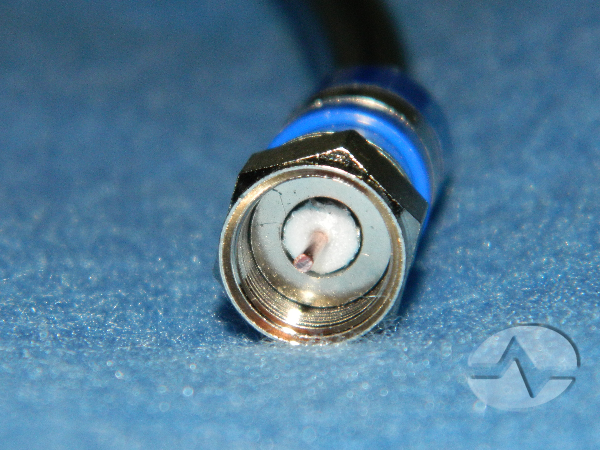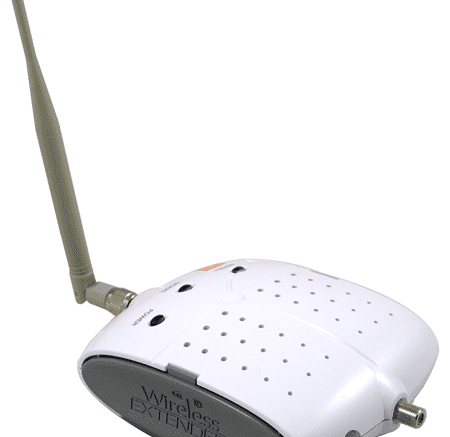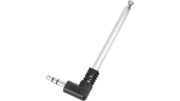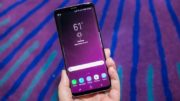Believe it or not cellular signal boosters have been around for roughly 15 years. We were there at the beginning, when cell booster pioneers like Wilson Electronics started offering the first solutions. If you were there, the booster at the top of this article might seem familiar to you.
Do cellular boosters wear out?
Like all things in life, eventually a cell booster will die. But there’s nothing about a cell booster system that expires or prematurely breaks. The cell boosters originally made in the early 2000s are still capable of working.
Although, let’s be honest. Your home probably isn’t the perfect place for a delicate piece of consumer electronics to operate. There’s dust, the temperature isn’t consistent, and in most homes, the power can be a little less clean than you’d expect. Factors like this tend to shorten the life of computers and other electronic components.
I generally say that a booster system can easily last 5-7 years but in many cases can last 10 years or more. Personally I’ve found the cell booster system I put in back in 2012 is still out there functioning. It’s been in the same location since 2014 and it provides great boost. But it might be time to replace it, and I’ll explain why.
Older cell boosters might be obsolete.
The first cell boosters were dual-band only. That means they only worked with the voice signals that were around in the early 2000s. Because, of course… the other stuff hadn’t been invented.
Even until recently, you could buy a cell booster system that served the three main voice bands and did not serve the 4G/LTE and AWS bands that are used primarily for data. That seemed like a pretty good deal for a while. But, let’s be honest. You probably use your phone for data a lot more than you use it for voice. You might use Wi-Fi at home for that, but even Wi-Fi has its limits. Unless you’ve invested a lot, you probably have some weak or dead spots. It makes sense to have a cell booster that covers voice and data frequencies.
What’s the best booster to upgrade to?
This really depends on your particular situation. You’ll find today’s boosters are more powerful than older ones. Early boosters tended to have lower output power and not be as smart in what they did.

You should look at your particular situation to see what really worls for you. I find a good general purpose option is this weBoost Home Multiroom Cellular Signal Booster. You’ll find that in most cases it will cover the average size house. It comes with everything you need, unlike older systems where you had to piece it all together yourself.
Can you use any of the parts from the old booster?
I would say that if anything is more than five years old it’s probably time to replace it. While cables and antennas don’t “go bad,” the plastic parts age and the metal parts corrode. Unless you absolutely can’t change something out, I would rewire again from scratch.

When you’re looking at your old cell booster system, look at the ends of the cables. Do they look just like cable TV or satellite cables, or are the ends bigger? If the ends don’t look like the photo above then you probably have an older 50-ohm system. While that’s not bad or unsafe, today’s home systems have moved to 75-ohm to make them easier to cable. Your old 50-ohm system’s cables need to come out. While you can use an adapter to make newer antennas work with old cables, the adapter itself has some loss and it’s generally not worth it.
Should you worry about 5G?
We all know that 5G is coming and it’s coming quickly. When it’s all built out, you’ll be able to surf at unreasonably awesome speeds and do all sorts of things you couldn’t do before.
However, just because 5G is coming doesn’t make a new booster obsolete. Your current booster will still work and provide great coverage for voice and data using today’s LTE technology. Eventually there will be cell boosters for 5G but at our current rate, they won’t be here for 2-4 years. This means you shouldn’t wait for them. Upgrade now and then think about another upgrade in 5-7 years when you actually need it.
It’s time to make a change
Today’s boosters work with more carriers and more types of cellular communication than ever before! Even if your booster has been working well for you, it’s time to take a look at the great selection you’ll find by shopping at Solid Signal.





